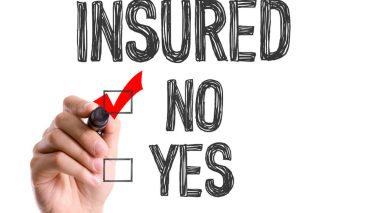Blog
Do I Have Full Coverage?
The term “full coverage” can be a little confusing and misleading. The term Full Coverage in car insurance just means that you have a good combination of Liability, Comprehensive and Collision coverage on your car insurance policy. A well rounded policy can help cover you in nearly any scenario possible.
Collision Coverage. This type of coverage helps pay for damages from actual collision accidents. The collision could be with another vehicle or object (piece of property). Collision coverage covers just your vehicle and gives you the foundation for your full coverage policy.
Liability Coverage. In Washington and Oregon, there are required state minimums of Liability Coverage that must be on your car insurance policy. A lot of times just having the minimum coverage on your policy isn’t enough. If you get into an accident, and you’re at fault it covers the damages and injury expenses you caused to that person or their property. Medical bills and car repair bills can add up quickly, especially if more than one other person is involved, so increasing your coverage amounts to the maximum level can be wise.
Comprehensive Coverage. Comprehensive coverage is a great tool to have if something other than a collision happens to your vehicle. It covers you if something due to weather, natural disasters or falling objects damage your car and even covers damages done from fire, broken windshields, theft and vandalism. Comprehensive coverage is the last piece needed to have “full coverage”.
Those are the 3 major coverage types for coverages to get you started with a “full coverage” car insurance policy. There are many more coverages that you can add to your account to cover you in all situations. Other common types of additional coverages could be:
Uninsured motorist coverage
Underinsured motorist coverage
Personal Injury Protection
Roadside assistance / towing coverage
Rental Car Reimbursement
Depending on what “full coverage” means to you, you’ll need to mix and add different coverages to create a car insurance policy that works for your driving needs and your budget.


